The meaning of manual is evolving in a world where almost all manual operations depend on machines. There are now numerous machine learning algorithms, a few of which may aid computers in learning, becoming smarter, and more human-like. The democratization of computer tools and methods is among the revolution’s key distinguishing characteristics. Data scientists have created sophisticated data-crunching machines in the last five years by smoothly implementing cutting-edge methodologies. The outcomes are astonishing. Learn the Top Machine learning Algorithms if you are considering a career as a Machine Learning specialist.

Introduction to Machine Learning Algorithms
Every algorithm in computer science can be related to a machine learning method. A machine learning algorithm is a process that utilizes data and uses it to create machine learning models that are ready for production. Machine learning algorithms appear as the engines powering the task’s completion if you visualize machine learning as a train. Which machine learning algorithm type is most effective varies depending on the business challenge you’re trying to solve, the sort of dataset you’re using, and the resources you have at your disposal.
In these highly dynamic times, various machine learning algorithms are available to resolve challenging situations in the real world. The automated, self-correcting ML algorithms will get better over time. Let’s look at the various sorts of machine learning algorithms & how they are categorized before discussing the top 10 machine learning algorithms that one should be familiar with.
Types of Machine Learning Algorithms
There are three major types of Machine learning algorithms which are as follows:-
1. Supervised Machine Learning Algorithms
The computer is instructed by example in supervised learning. The operator supplies a known dataset with the intended inputs and outputs to the machine learning algorithm. The algorithm must determine the inputs and outputs and must find a mechanism to do so. The supervised machine learning algorithm creates predictions while the operator recognizes the correct solutions to the problem from data patterns and observations. The operator corrects the algorithm as it produces predictions, and this cycle works on repetition until the algorithm performs and is accurate to a high degree. Supervised machine learning algorithm is the best way for image classification, regression, and forecasting.
2. Unsupervised Machine Learning Algorithms
A unsupervised machine learning algorithm examines the data in this case to find trends. There needs to be a human operator or answer key to offering guidance. Instead, the machine analyses the data at hand to find the correlations and links. Inside an unsupervised learning process, a machine learning algorithm is given a sizable amount of data to analyze and respond to as necessary. The method tries to arrange the data so that it can be described structurally. This could entail clustering the data or arranging it to make it appear more structured. Unsupervised machine learning algorithm is helpful for customer segmentation, content recommendations, and anomaly detection in network traffic.
3. Reinforcement Learning Algorithms
With a collection of actions, parameters, and end values given to a machine learning algorithm, reinforcement machine learning algorithm concentrates on structured learning procedures. Machine learning through reinforcement teaches trial and error. Also, it draws lessons from previous mistakes and starts to modify its strategy in reaction to the circumstance to get the optimal outcome. However, Reinforcement machine learning algorithm is used in autonomous vehicles, game development, recommendation engines, and robotics.
Major Differences Between Supervised, Unsupervised, and Reinforcement Machine Learning Algorithms
The below figure shows some major differences between Supervised, Unsupervised, and Reinforcement Machine Learning Algorithms on various factors.
Top 10 Machine Learning Algorithms You Must Learn In 2023
The ideal Machine learning training platforms would teach you about some essential machine learning algorithms that are part of supervised, unsupervised, and reinforcement machine learning algorithms.
1. Linear Regression: Linear regression algorithms are supervised machine learning algorithms that perform a regression task. Linear regression is the most basic type that shows the strength of the correlation between two variables and if it is positive or negative. Also, it is a type of predictive modeling that discovers the relationship between the input and the target variable. Therefore, these days regression models are used in financial forecasting, time-series predictions, and trend analysis.
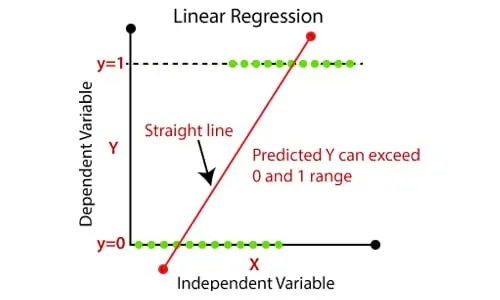
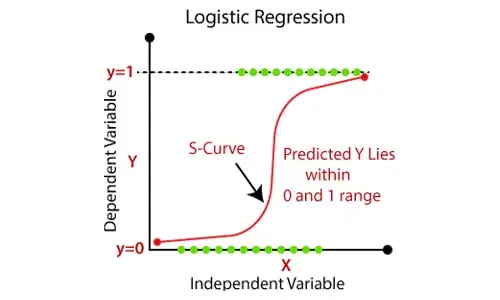
-
- Binary Regression.
- Multilinear Regression.
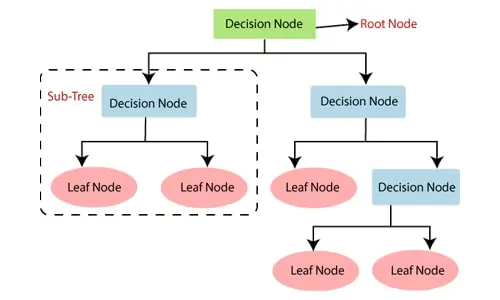
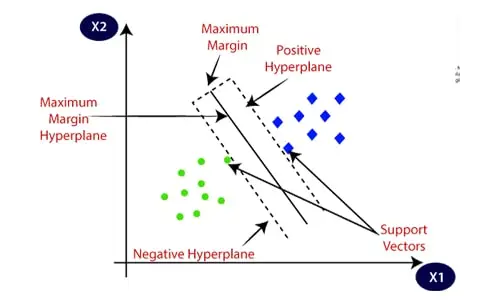
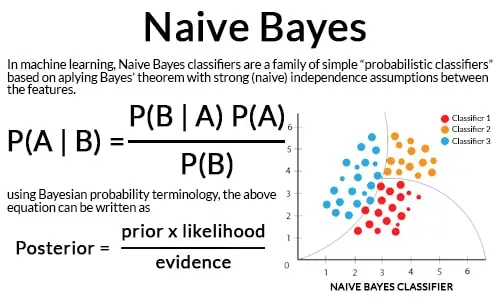
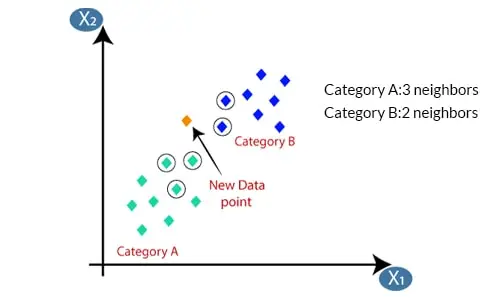
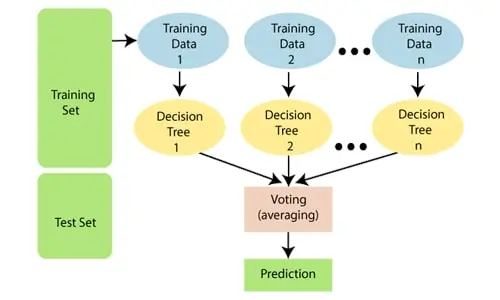

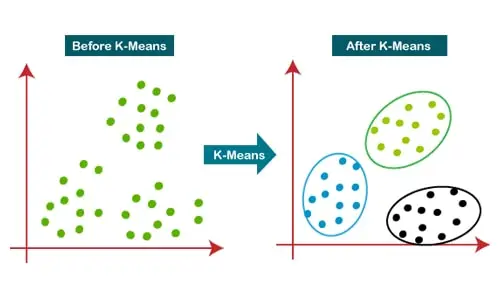
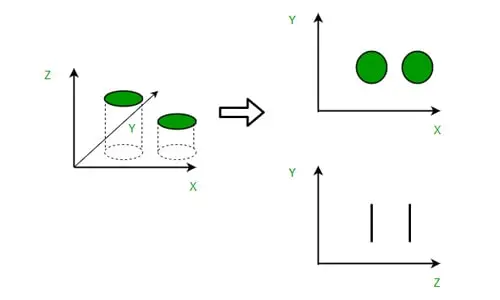
Skills Required to Become a Machine Learning Engineer
- Applied Mathematics: Applied Mathematics is one of the essential skills to develop. Some important mathematics topics include probability, statistics, multivariate calculus, and distributions like normal, binomial, Poisson, etc. Besides maths, knowledge of physics concepts can be beneficial if you wish to be a machine learning specialist.
- Computer Science Fundamentals and Programming: Computer science fundamentals are another essential requirement one must be familiar with for being an ML specialist. Getting acquainted with the concepts like data structures, algorithms, and space and time complexity. Another aspect you must cover is getting ahead with Programming languages like Python and R, statistics, Spark and Hadoop for distributed computing, SQL for DBMS, and Apache Kafka for data pre-processing.
- Machine Learning Algorithms: As discussed above in the blog, machine learning algorithms are an essential skill to have. Standard algorithms include Naïve Bayes Classifier, Support Vector Machine, K Means Clustering, Apriori Algorithm, Logistic Regression, Decision Trees, Random Forests, Linear Regression, etc. Having a sound knowledge of these algorithms can surely help you begin your career in Machine learning.
- Data Modelling and Evaluation: Data modeling and evaluation are necessary for machine learning specialists! Data modeling involves understanding the underlying structures of data, locating patterns, and later evaluating to find deeper meanings and offering solutions to enterprises.
- Neural Networks: Neural networks are another important concept in the life of ML specialists. There are several types of neural networks: Feedforward Neural Networks, Convolutional Neural Networks, Modular Neural Networks, Recurrent Neural Networks, Radial basis function Neural Networks, and more. Also, multiple layers include an input layer that receives data from the outside world and moves through several hidden layers that transform input into data valuable for the output layer.
- Natural Language Processing: This is a fundamental part of Machine learning. Machines can gain insights and interpret human language, eventually resulting in human communication in a better way. NLP mainly focuses on teaching human language with all its technicalities to computers. Numerous libraries provide the foundation of NLP. Moreover, these libraries have various functions that could make computers understand NLP by breaking the text as per syntax, extracting important phrases, removing irrelevant words, and much more.
- Communication Skills: This is an essential skill to possess for any IT-related career path. Surely you understand the algorithms and technicality behind machine learning. But if you need to convey the same to non-technical and offer actionable insights to businesses.
How Machine Learning is the Right Career Option for You?
A job in machine learning is indeed a good choice. According to research from Indeed, the top position in terms of pay, the rise in listings, and overall demand is machine learning specialists.
The demand for machine learning engineers has grown 344 percent over the past five years, and the average wage for these professionals in the USA ranges from $116,416 to $140,180.
The perfect career path for you to think about is machine learning if data, automation, and algorithms interest you. You would move a lot of raw data if you choose a career in machine learning, create algorithms to analyze the data, and automate the process for optimization.
Therefore, there are several employment options in the field if you enroll in a machine learning bootcamp. If you have experience in machine learning, you may hold positions like machine learning engineer, data scientist, NLP scientist, business intelligence developer, or human-centered machine learning designer, all of which pay well.
Understanding the fundamentals of deep learning and machine learning is necessary, but more is necessary to land a job. In the opinion of recruiting managers, many job applicants need to be more competent for the position. That’s why the machine learning career path from SynergisticIT seeks to improve your skills. You will learn how to create machine learning systems, make a working prototype, and web apps that web services can quickly access through our course. Also, our technology upskill program utilizes a dynamic course and mentors with real-world experience to get you ready for the workplace.
Conclusion
Start immediately if you want to make your career in machine learning. The subject is expanding, and the sooner you comprehend the capabilities of machine learning tools, the faster you’ll be able to address challenging workplace issues. However, if you already have experience in this field and want to advance your career, you can enroll in the best coding Bootcamp with having most recent cutting-edge technologies in the field of Machine Learning and AI.
Anytime you want to upgrade your skills and need a helping hand to enter or re-enter the tech workforce with high-demand tech skills, reach out to us. Since 2010 we have helped 1000’s of jobseekers achieve success in the technology sector, making our Candidate Success Outcomes the best in the industry. SynergisticIT’s career-oriented training programs guarantee fast-paced, quality tech education, preparing you with top-notch skills for coveted tech roles in the industry. Reach out to us. SynergisticIT– Home of the Best Data Scientists and Software Programmers in the Bay Area!



